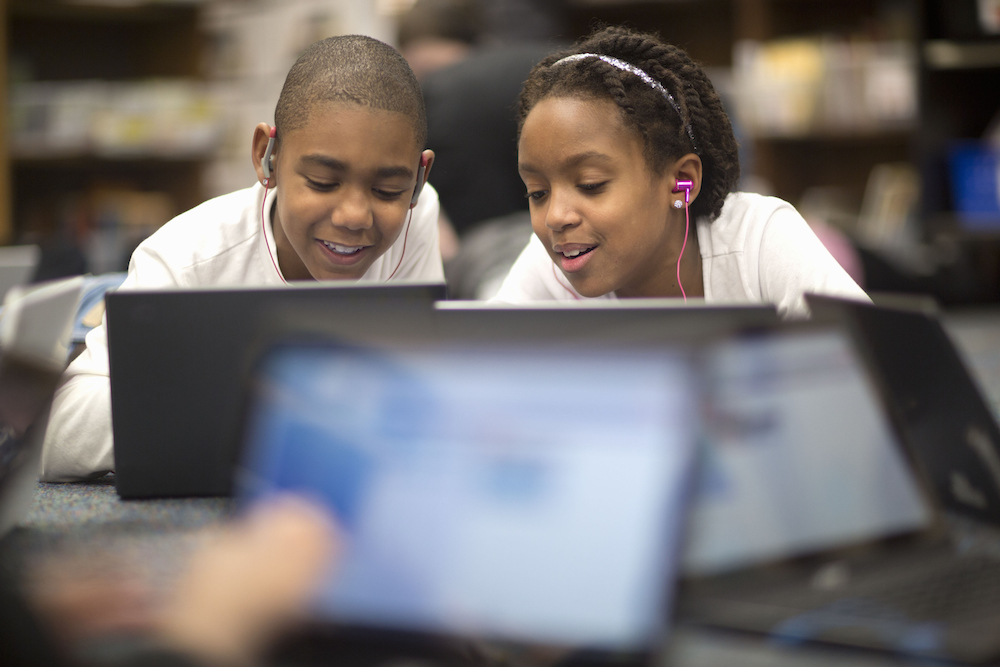Lesson Objective
Participants will learn about online safety and security related to digital devices, applications, passwords and online accounts.
Participants will learn about online safety and security related to digital devices, applications, passwords and online accounts.

Ready?
Begin Lesson
Online security refers to the rules you follow, the actions you take and the processes that happen to help ensure you are safe on the internet.
Online security is our intended result of using a wide range of protective measures that enable us to perform our mission and critical functions despite risks posed by threats to our use of technology and the internet.
Protective measures;
Some protective measures are deployed based on the different types of risk we face. In determining what security looks like, protecting confidentiality (only those who are allowed to see data should be able to see it), integrity (data should be authentic and free from unintended alteration or deletion), and availability (you should be able to use a system or data in a timely manner if and when you want to) of systems and data are paramount.
Online security is a best practices outcome, it is not inherent, let alone guaranteed. It’s up to us, as users, to be vigilant and observe what protective measures we have at our disposal and how we can best leverage them to be safe online and keep our personal information secure.
Online safety is understanding the risks involved in using the Internet and learning how to manage those risks by understanding and utilizing the protective measures available on a given service.
Today’s world is a digital world. In an almost constantly connected digital landscape, online security should be a priority for everyone who interacts with others and shares information online.

Congrats!
You've finished the lesson

Students will learn how to keep their online information more secure by using and maintaining strong passwords.
View Page
Students will learn to recognize unsecured Wi-Fi when it is available to them, understand the trade-offs inherent in using unsecured Wi-Fi, and make informed decisions about when to connect to and use unsecured Wi-Fi.
View Page
Students will learn about malicious online users who might attempt to use security weaknesses to gather information about them.
View Page
Students will learn what information verification is and why it is important for news consumers.
View Page
Students will learn about a five-step checklist they can use to verify the origin, source, date, location, and motivation of news.
View Page
Students will learn how to keep their online information more secure by using and maintaining strong passwords.
View Page
Students will learn to recognize unsecured Wi-Fi when it is available to them, understand the trade-offs inherent in using unsecured Wi-Fi, and make informed decisions about when to connect to and use unsecured Wi-Fi.
View Page
Students will learn about malicious online users who might attempt to use security weaknesses to gather information about them.
View Page
Students will learn what information verification is and why it is important for news consumers.
View Page
Students will learn about a five-step checklist they can use to verify the origin, source, date, location, and motivation of news.
View Page